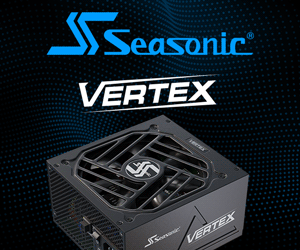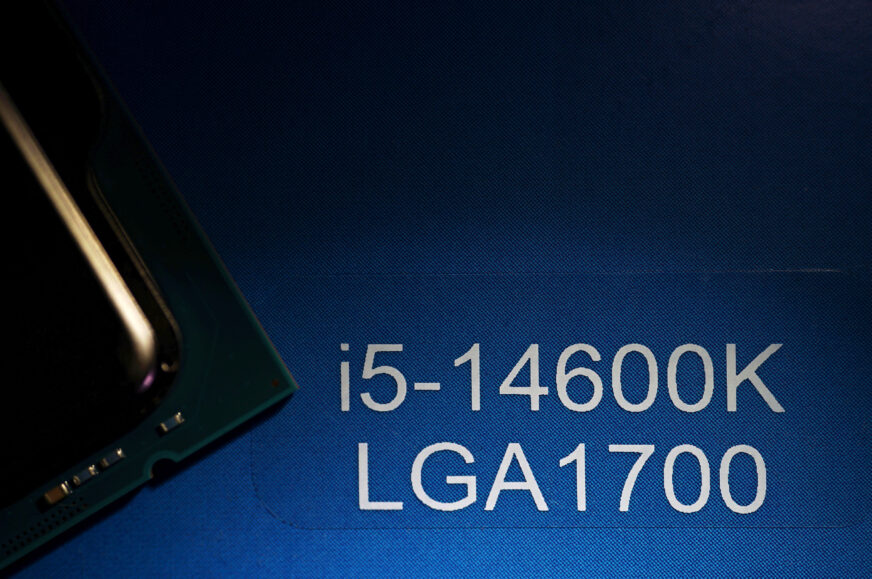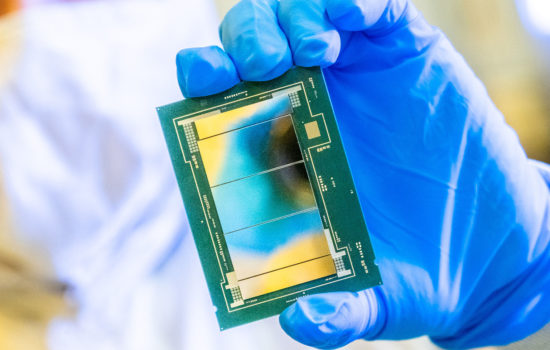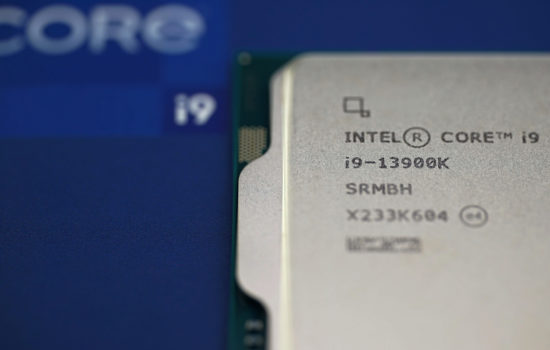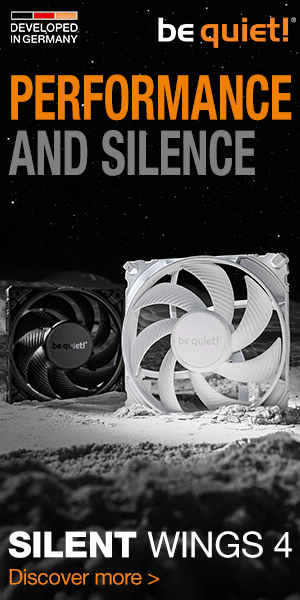Everything is fine with Intel Core i5-14600K in CS:GO
The presentation of Counter-Strike: GO results in the recent Core i5-14600K CPU test was incorrect. The big difference in the graphs compared to the Ci5-13600K to the detriment of the newer model was due to a human error. In fact, the 20-core Intel Raptor Lake Refresh processor performs as expected, adequately for its hardware specs. Thus, in this regard, you need not have the slightest concern.
If you’ve been reading the Core i5-14600K tests closely, you’ll know that we’ve been dwelling on some very strange test results in one situation. And that’s in CS:GO in low resolution (720p) with low detail. Measured results of average fps were significantly worse than the older model (Ci5-13600K). This was by as much as about 41% (680 vs. 1146 fps), for which the only logic we could find was the theory below, which was also mentioned as a possible cause in the original article. But the wording of it is most certainly invalid.
The logic of the above is significantly undermined by the Core i7-14700K results, which have already turned out as expected – between the Core i7-13700K and the Core i9-13900K, i.e. exactly as you would guess based on the parameters. So, after that finding, we went back to the Core i5-14600K to find the root cause. And that search was over very quickly, as the speed of the Raptor Lake Refresh Core i5 suddenly matched the hardware specs of this processor. The reason for this was probably a momentary carelessness and incorrect setting of one of the visual details – the original results simply did not match the same task that was tested with all other processors. We regret this mix-up and apologize for it.
The Core i5-14600K’s gaming performance in CS:GO (720p@low) is 2% (1146 vs. 1169 fps) higher than that of the Core i5-13600K.
The Core i5-14600K doesn’t necessarily always achieve higher gaming fps than the Ci5-13600K. Due to the very high clock speeds of the Ci5-14600K, sometimes the processor may be slower during a cycle when, for example, it does not maintain its maximum gaming boost (5300 MHz), but there should hopefully never be a significant difference.
To set the record straight, everything is also already mentioned in the text of the full review.




